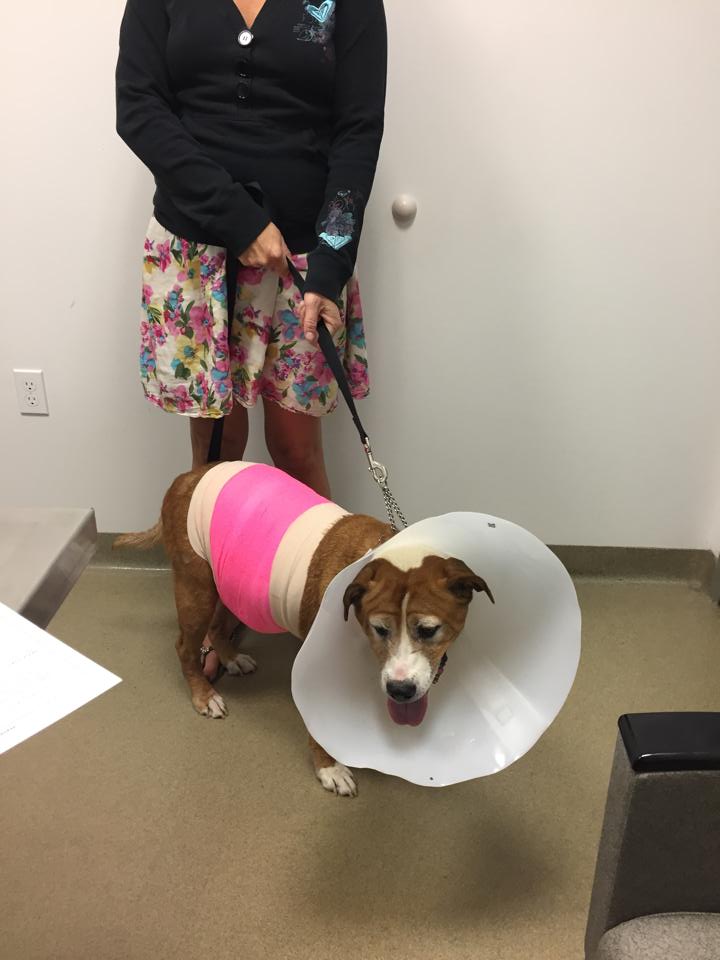

In the other pictures the smaller cysts or bumps were what it looked like on the back foot before it got bigger. All these cysts are on top of his paws, nowhere else! The other two pictures are of his two front feet. Why I Don’t Remove Lipomas – Unless They Do This.My dog has a cyst on his back foot – it’s huge, about the size of a cotton ball (see photo).Lipomas And Other Canine Lumps And Bumps. Lipomas in Dogs: Benign Fatty Growths.
#DOG TUMOR BURST OPEN SKIN#

This test is performed to check the metastasize nature of the tumor 3,4,5. The nature of the Fatty tumors needs to check through biopsy or fine needle aspiration method. It is essential to regular follow-up of the affected dog. Veterinary doctors are very careful about the location of the Fatty tumors. The detail clinical presentation is an important factor for diagnosing the Fatty tumors. The exposure to the toxic environment also increases the overload of the toxin in the physiology of the human body 3. Pesticides and pest control application in the environment can also cause environmental toxicity. These drugs are not only harmful to these parasites but also increase the toxic accumulation in the dog’s body.

Several drugs require to administer or synthetic products need to apply for avoiding these worms growth. Heartworms, ticks, fleas, and other worms grow in a dog’s body. It is also noticed that chlorinated water damage the thyroid gland and cause imbalance thyroid gland secretion. Poor DietĬarbohydrate-rich diet, a chemical preservative added to dog foods and toxic substances present in processed foods are responsible for an overload of toxins in the physiological system of the dog body. It is expected that the following are the contributory factors for the development of the Fatty Tumors. The dysfunction of the endocrine system and immune system impairment interfere the toxic substance excretion from the body and that accumulates in the skin. Skin is one of the largest excretory organs. Causesįatty tumors growth is the resultant of the accumulation of the toxic substances in the body tissues. Cats and horses rarely have Fatty tumors 1,3. It is estimated that almost 1.7 millions of dog in the United States detected with Fatty tumors every year. However, other breeds can also develop Fatty tumors. Most common dog breeds, who are prone to develop Fatty skin tumors are Labrador Retrievers, Doberman Pinschers, and Shetland Sheepdogs. Almost one-third of the dog has fatty tumors growth under their skin. Prevalenceĭog have the prevalence to develop Fatty tumors. The nature of the tumor is soft, but infiltrative fatty tumors are produced firm bumps under skin 1,4,5.


 0 kommentar(er)
0 kommentar(er)
